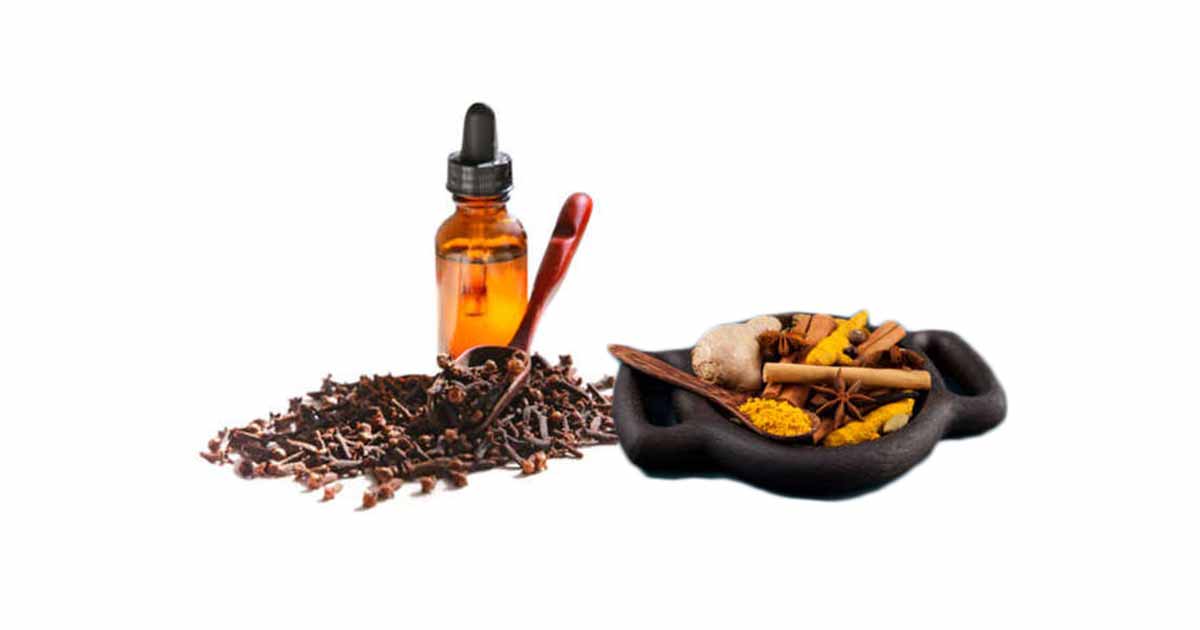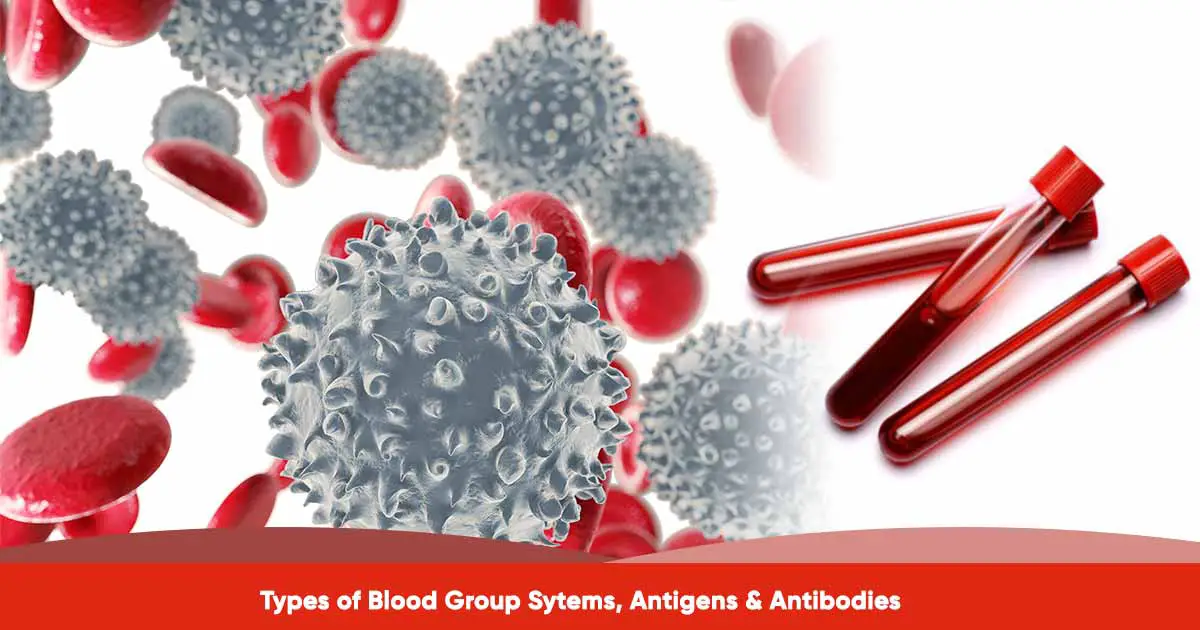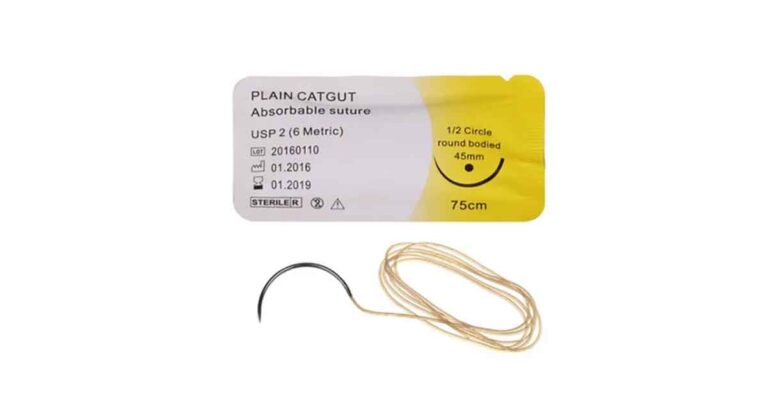Nutmeg, Myristica fragrans, is a perennial tropical spice from the family, Myristicaceae. The genus, Myristica has 120 species of plant. Myristica fragrans is an evergreen plant with dark green leaves. The peachlike tree yields two spices, the seed (nutmeg) and seed covering (mace), and is the source of essential oils and nutmeg butter. The word, nutmeg is from Latin word, nux muscatus, meaning “musky nut”.
Other common names of nutmeg are moschokarido in Greek, muscade in French, jawz at-Tiyb in Arabic, roudoukou in China, pala in Indonesia.
The plant is native to Indonesia’s Banda Islands but grows in West Indies, Asia, Africa, Pacific Islands and tropical American countries like the Indonesia, Philippines, China, Grenada, Tobago, India, Sri Lanka. They classify nutmeg into East Indian nutmeg and West Indian nutmeg, based on origin. Heavy adulteration of Myristica fragrans with M. argentea, M. malabarica and M. otaba has resulted in poor quality.
Myristica fragrans has aromatic flavor. The tree can grow up to 10–20 m tall, and has spreading branches, with glabrous leaves. The fruit is a round drupe, 2 to 3 cm long, shiny purplish-brown in color, firm, fleshy surrounded by red-brown veins which is mace. When the fruit matures, it has a fleshy pericarp that splits into two, revealing a scarlet-colored net like aril. This covers the dark brown seed, which is fleshy, and rich in oil.
Myristica fragrans is a shade-loving plant that grows well in hot, humid environment. It is propagated by seed. The plant produces fruits all year long, but harvesting is done in April and November.
Originally, it was believed the ingestion of large amounts of nutmeg can induce abortion in pregnant women, however the claim was later refuted as it has no such effect as an abortifacient. However, nutmeg has other health benefits.
Some medicinal effects include use in treating stomach ulcers, indigestion, as aphrodisiac, carminative, stimulant, nervine, diaphoretic, diuretic, astringent and liver disorders. The nutmeg essential oil has antimicrobial, and antioxidant property.
It is also a natural flavoring agent, used in food products and liquors, soaps, tobacco, and cosmetic industry to produce perfumes, soaps, dental creams. The fleshy pericarp is used to make pickles, jelly.
Nutritional Composition of Nutmeg
Myristica fragrans contains fixed oil (fat), volatile oil, and starch. It also has protein, carbohydrates, fats, ash, dietary fiber, sugars, water, and energy in various proportions.
It contains minerals such as calcium, magnesium, sodium, zinc, potassium, iron, phosphorus, selenium, manganese, copper, and vitamins like thiamine, ascorbic acid, riboflavin, folate, niacin, vitamin B6, choline, vitamin A.
Myristica fragrans finds it use in many cuisines worldwide.
Nutritional Composition in 100g Myristica fragrans
| Nutrition | Value |
| Protein | 5.84 g |
| Total fats | 36.31 g |
| Carbohydrates | 49.29 g |
| Total dietary fiber | 20.80 g |
| Ash | 2.34 g |
| Water | 6.23 g |
| Energy | 2196 kJ |
| Total sugars | 2.99 g |
| Calcium | 189.00 mg |
| Magnesium | 183.00 mg |
| Phosphorus | 213.00 mg |
| Potassium | 350.00 mg |
| Sodium | 16.00 mg |
| Iron | 3.00 mg |
| Manganese | 2.90 mg |
| Copper | 1.03 mg |
| Zinc | 2.15 mg |
| Selenium | 1.60 [μg |
| Vitamin C | 3.00 mg |
| Riboflavin | 0.06 mg |
| Thiamine | 0.35 mg |
| Niacin | 1.30 mg |
| Folate | 76.00 μg |
| Vitamin B6 | 0.16 mg |
| Total Choline | 8.80 mg |
| Vitamin A, RAE | 5.00 μg |
Phytochemicals in Nutmeg (Myristica fragrans)
The essential oils varies between 6% to 16% of the total plant composition. The seed contains terpene hydrocarbons that make up 60 to 90% of the plant. They include a-pinenes, camphene, p-cymene, sabinene, b-phellandrene, g-terpinene, limonene, myrcene. Terpene derivatives include linalool, geraniol, terpineol, and makes up 5 to 15 percent of the constituent.
Phenylpropanes such as myristicin, elemicin, safrole makes up 2% to 20% of the constituent. There are lignans, a class of phytoestrogens, such as macelignan. Eugenol, a compound commonly found is clove, is also found in Myristica fragrans. It is used in flavoring, and has antiseptic, analgesic and antibacterial agent.
The intoxicating and psychotic effect of nutmeg is due to the phenylpropanes, such as myristicin and elemicin in the seed. They are also hepatotoxin.
Health Benefits of Nutmeg (Myristica fragrans)
Nutmeg has been used to manage gastrointestinal disorders, hyperlipidemia, hepatotoxicity, hyperglycemia, insomnia, diarrhea, bad breath, sleep aid, depression, cough, among other conditions.
Psychogenic effects: The seeds of Myritica fragrans is a well known psychoactive herb, owing to compounds such as myristicin and elemicin. It is a stimulant with amphetamine-like action. Thus, it has become a drug of abuse, especially at high doses.
2. Antioxidant property: Myristica fragrans contains lignan derivatives, (β-caryophyllene and eugenol) which possesses antioxidant property. This activity is due to promotion of activities of superoxide dismutase, catalase, glucose-6-phosphate dehydrogenase, glutathione peroxidase and glutamine transferase enzymes.
Antioxidants prevent oxidative stress and eliminate radicals that could cause cardiovascular diseases, cancers, and neurodegenerative diseases.
3. Anti-cancer action: Eugenol (4-allyl-2-methoxyphenol), the active substance in Myristica fragrans, as well as in cloves, basil, cinnamon has anticancer action. It induces apoptosis (programmed cell death to remove unwanted cells) in melanoma, skin tumors, osteosarcoma, leukemia, gastric and mast cells.
4. Antimicrobial activity: Myristic acid and trimyristin extracted from the nutmeg seeds are the main antibacterial compounds. Other compounds such as carvacrol, γ-cymene, monoterpenes such as α-pinene, β-pinene, and β-caryophyllene have antimicrobial activity. The active elements exhibit antibacterial activity against E. coli, P. aeruginosa, S. aureus, B. subtilis, B. cereus, K. pneumoniae, L. monocytogenes, P. mirabilis etc.
Some isolated compounds such as three lignans, meso-dihydroguaiaretic acid, nectandrin-B and erythro-austrobailignan-6, have antifungal activity.
5. Anti-inflammatory effect: In a study with lab rats, nutmeg oil inhibited COX-2 expression and blood substance P level, leading to reduction in induced joint swelling, mechanical allodynia and heat hyperanalgesia.
Volatile oils in the plant such as sabinene, terpineol, and pinene have anti-inflammatory properties and could help as analgesics.
6. Anti-diabetic property: Some compounds such as tetrahydrofuroguaiacin B, 2,5-bis-aryl-3,4-dimethyltetrahydrofuranlignans, fragransin C1, saucernetindiol, nectandrin B, verrucosin, galbacin and nectandrin A, activate the AMP-activated protein kinase enzyme, which may help in curbing diabetes and obesity.
Plants like cinnamon, cloves, ginger, fenugreek, liquorice, turmeric, rosemary, and nutmeg may help in decreasing serum insulin levels. In a study, Myristica fragrans also showed β-cell protection activities in alloxan induced diabetic rat.
8. Hepatoprotective effect: In a lab experiment with mice, Myristica fragrans extract restored various lipids and acylcarnitines to normal levels. Also, a compound in the nutmeg, myrislignan, had a strong protective effect against liver damage, or hepatotoxicity.
7. Anti-caries/tooth decay prevention: A compound in nutmeg called macelignan has inhibitory action against Streptococcus mutans, and lactobacilli. Macelignan is a natural anti-biofilm agent.
Eugenol is also used in dentistry for tooth cavity feeling.
8. Malaria treatment: Extract of Myristica fragrans is used in Thai traditional medicine to manage malaria, even the drug resistant strains of P. falciparum.
9. Alzheimer’s disease: In research, KSOP1009 (made of nutmeg and other eight herbs) helped to improve Aβ-induced memory impairment while suppressing Aβ levels and plaque deposition in the brain of mice. The effect is similar to the effect produced using donepezil treatment.
10. Improves memory: Administering Myristica fragrans extract improved learning and memory in mice. It also reversed scopolamine and diazepam-induced impairment.
11. Anti-epileptic effect: Some compounds in nutmeg essential oils acts as agonist at GABAA receptor, and reduced the number and type of seizures in rats.
Toxicity of Nutmeg
Consuming high quantity of nutmeg can be fatal, resulting from acute nutmeg poisoning. In a report, an 8-year-old boy died after taking two nuts of nutmegs.
The effects from nutmeg poisoning are similar to anticholinergic poisoning. The adverse effects include symptoms such as headache, nausea, vomiting, abdominal pain, dizziness, chest pain, flushing, tremor, temporary constipation, difficulty in urination, and tachycardia. Blood pressure may increase or decrease, with cyanosis and shock.
Neurological symptoms like giddiness, tingling, euphoria, epileptic convulsions, and hallucinations such as distortion of time and space, detachment from reality, loss of sensation in the limbs, and fear of impending death. Other side effects are alternating delirium and extreme drowsiness or stupor, increased fat deposition in liver, and death.
In a pregnant woman in her third trimester, she witnessed palpitations, agitation, anxiety, dry mouth, chest tightening, and blurred vision, and increase in fetal heart rate after taking one tablespoon of nutmeg.
Myristica fragrans and mace contain myristicin, an active ingredient with narcotic properties. Nutmeg butter contains elemicin and myristicin that have narcotic and psychotropic effect.
References:
- https://www.researchgate.net/publication/336825717_Nutmeg_A_review_on_uses_and_biological_properties
- https://www.researchgate.net/publication/353751524_An_Overview_of_Myristica_fragrans_Nutmeg_-Its_benefits_and_adverse_effects_to_Humans
- http://flipper.diff.org/app/items/5366
- https://www.acs.org/pressroom/presspacs/2018/acs-presspac-may-9-2018/nutmegs-hidden-power-helping-the-liver.html
- https://www.sciencedirect.com/topics/agricultural-and-biological-sciences/nutmeg
- https://www.myfoodresearch.com/uploads/8/4/8/5/84855864/_16__fr-2019-280_ben_lagha_3.pdf












